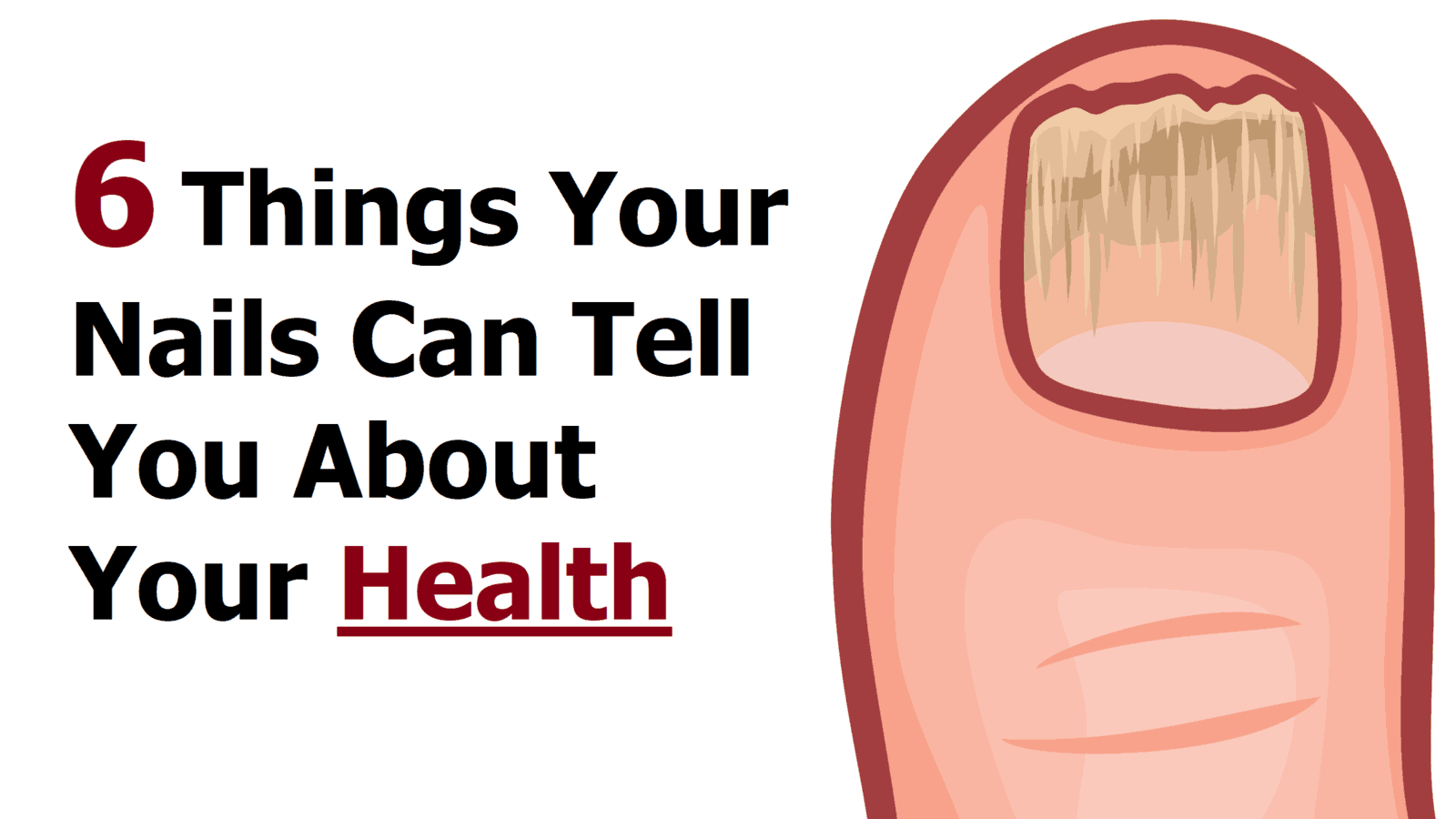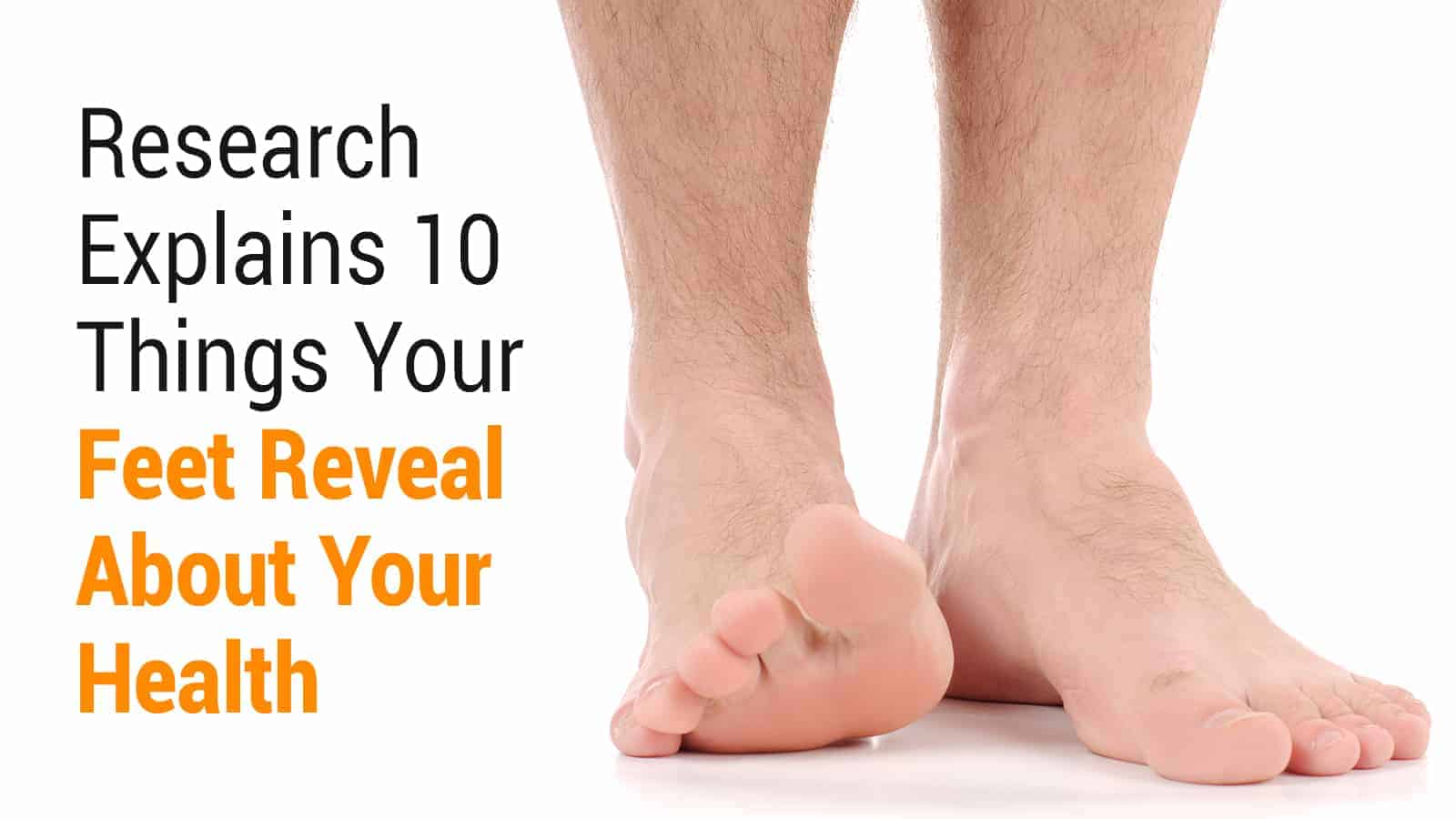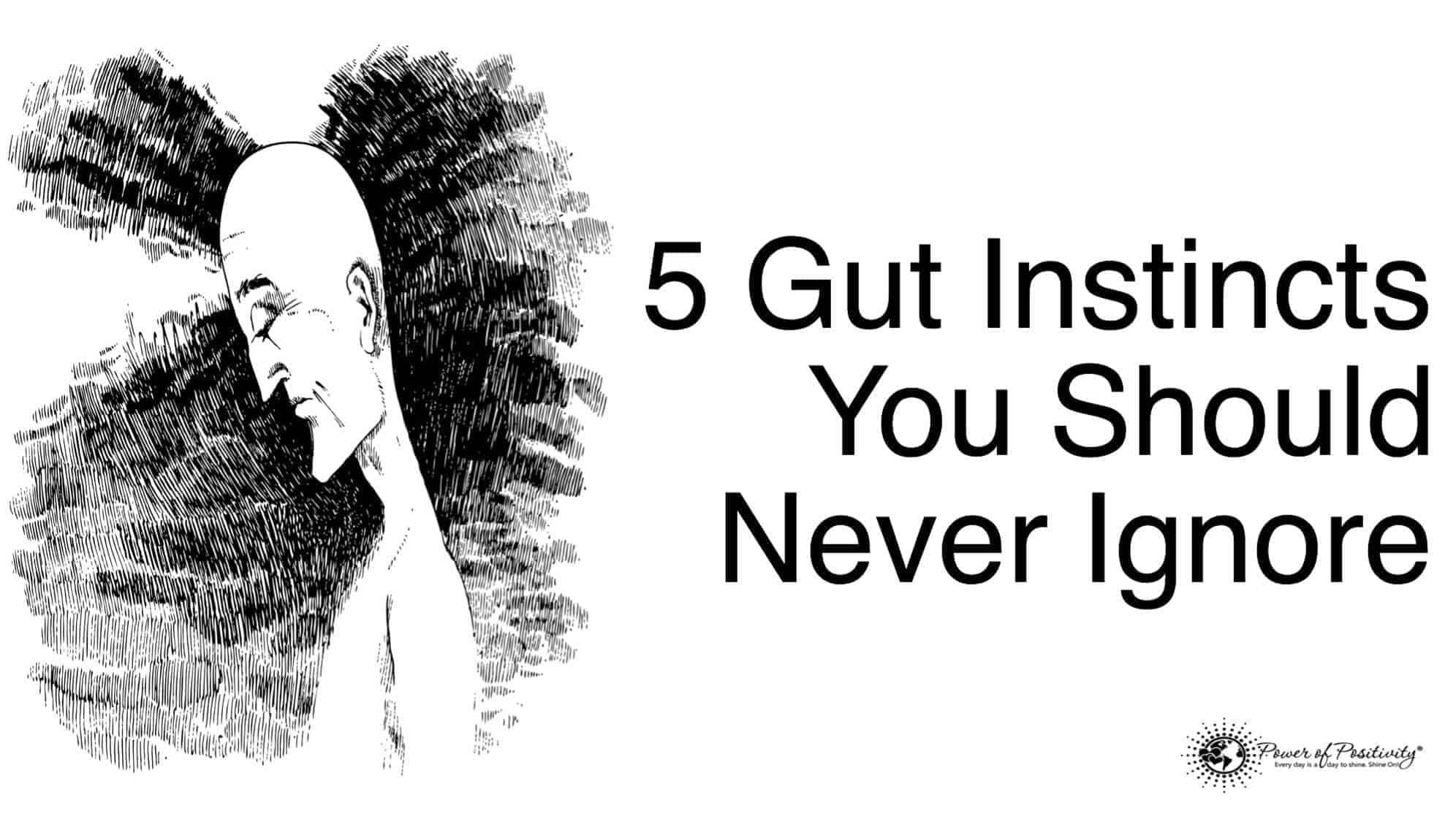If nobody has told you, let us be the first: the sun is not dangerous.
Our planet has been around for nearly 4.6 billion years. Human beings evolved alongside the bright star. In fact, the wondrous Sun is what allows and advances life on Earth.
“Dr. Robert Stern, chair of the Department of Dermatology at Harvard-affiliated Beth Israel Deaconess Medical Center, calls them “solar-phobes”: people so concerned about getting so cancer that they stay inside or cover every bit of skin.” – Harvard Health Publications: “Benefits of moderate sun exposure”
But do you know what is dangerous? Human ignorance about two key things:
First, not understanding the sun’s effects on us as individuals. Without this information, we can’t know what level of exposure is safe or unsafe.
Second, not taking preventative measures to counteract underexposure or overexposure. Underexposure, or lack of sunshine, is just as dangerous as overexposure.
The Sun is Healthy – in Moderation
Gee, how many times have we been told something is good for us “in moderation?” Alcohol, dark chocolate, dairy, sleeping, exercising…all best done “in moderation.”
Provided that there’s an accurate measure that defines moderation for an activity (e.g. one-two drinks, 7-9 hours), it can be excellent advice! We can then implement this advice to improve and maintain our health – or abstain from things that may be harmful.
This same moderation concept applies to the sun.
Health Benefits of Sunshine
(Note: As with anything health-related, it’s important to be aware of any existing medical condition(s). If you’re unsure, please speak with your doctor. This article’s contents are not intended to replace professional medical advice.)
Here are 5 health of the biggest (most appropriately) benefits of sunlight:
1. The Sun Packs Vitamin D
In some medical circles, vitamin D is known as the “sunshine vitamin” and sun exposure can help produce this crucial nutrient. Vitamin D is also available in certain foods and supplements.
Vitamin D serves many important functions within the body, which include:
– Maintaining normal calcium and phosphate levels
– Promoting bone and cell growth
– Promoting calcium absorption
– Reducing inflammation
2. It Lowers Blood Pressure
In a groundbreaking study conducted by Dr. Richard Weller and his colleagues at the University of Edinburg, researchers found a chemical important for reducing blood pressure in sunlight. Nitric oxide is released into the blood vessels when sunlight touches the skin. This decreases BP.
According to Dr. Weller, the benefits of sun exposure – including a healthier and longer life – “far outweigh the risk of getting skin cancer.”
3. It Improves Brain Function
In a study undertaken by neuroscientists at the University of Cambridge, Dr. David Llewellyn and his colleagues measured the Vitamin D levels of 1,700 adults aged 65 and over. After analyzing the results, the research team noticed higher rates of cognitive deficiencies in people low in Vitamin D.
Additional studies claim that sunlight also hastens the growth of brain cells within the hippocampus; the brain region responsible for forming, organizing, and storing memories.
4. Alleviates mild depression
Seasonal Affective Disorder, or SAD, “is a type of depression that’s related to changes in seasons – SAD begins and ends at about the same times every year.” SAD is informally known as the “winter blues” disorder.
Psychologists, psychiatrists, and other medical professionals have linked the low availability of sunlight during certain periods of the year (most notably, fall and winter) to the disorder.
Ever wondered why sunny days perk you up while gray skies don’t? Because the brain produces more of the neurotransmitter serotonin (“the happy chemical”) on sunny days than on overcast days.
5. It heals certain skin disorders
Skin cancer is perhaps the one biggest knock against the big bright star. Skin cancer caused by Melanoma is “the most dangerous form of skin cancer, (when) these cancerous growths develop (and trigger) mutations that lead the skin cells to multiply rapidly and form malignant tumors.”
Per the Skin Cancer Foundation, “If melanoma is recognized and treated early, it is almost always curable.”
Let’s put what we just read in context. (1) Melanoma is the most dangerous form of skin cancer. (2) If we pay attention and seek treatment, it’s curable just about every time.
In spite of oft-cited hyperbole about skin cancer, the sun helps heal skin disorders at a far greater rate than it causes them. Just a few of the conditions the sun helps include acne, eczema, jaundice, and psoriasis.
Protecting Yourself
Per the United States Occupational Safety & Health Administration (OSHA), there are three key elements of skin protection: genetic and lifestyle traits, monthly examinations, and blocking UV rays.
Genetic and lifestyle characteristics:
- a) Do you spend a lot of time outdoors?
- b) Do you get sunburnt easily?
- c) Do you have any of the following?
– Large, numerous, or irregularly-shaped moles
– Blond, red, or light brown hair
– Freckles
– Fair skin (‘pale’)
If you meet any of the above criteria, consult with your doctor about how much time you should spend in the sun.
Monthly examinations:
– As skin cancers detected early can easily be cured, it is essential that you examine your skin monthly.
– The “most important sign,” per OSHA, “is a spot on the skin that is changing in size shape, or color during a period of 1 month to 1 or 2 years.”
Skin cancers often appear in one of four ways:
– Pale, waxy, and shiny lumps
– Red, scaly, and sharply-outlined patches
– Sores that do not heal
– Small, mole-like growths (melanoma)
Blocking UV Rays
– Limit your exposure: “UV rays are most intense between 10 a.m. and 4 p.m.”
– Cover up: “Wear tightly-woven clothing that blocks out light.”
– Use sunscreen: “A sun protection factor (SPF) of at least 15 blocks 93 percent of U.V. rays … Be sure to follow application instructions on the bottle.”
– Wear a hat: “A wide brim hat is ideal because it protects the neck, ears, eyes, forehead, nose, and scalp.”
– Wear UV-absorbent shades: “Sunglasses don’t have to be expensive, but they should block 99 to 100 percent of UVA and UVB radiation.”










